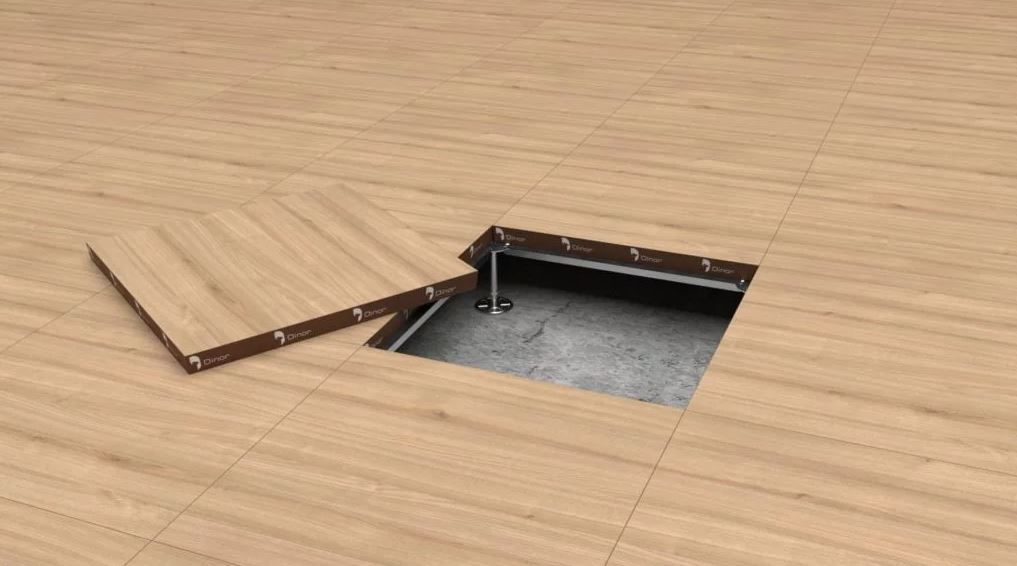To calculate the cost of Raised flooring installation, you’ll need to figure out the dimensions of the room, the type of flooring you’re choosing, and the quantity of flooring that you’ll need. You can then use a flooring cost calculator to find out your specific costs.
If you’re installing tile or wood floors, be sure to factor in any installation fees that may apply. You should also consider additional costs like trimming or grouting – which will depend on the kind of flooring you’re using. If you’re not familiar with these costs, it’s best to consult a professional before beginning your project.
To accurately calculate the cost of installing raised flooring, you’ll need to take into account a few factors. These include the size and type of your flooring, the number of floors you’re installing it on, and the amount of extra time and labor needed to install it.
Once you’ve calculated these costs, you can then use that information to figure out how much money you’ll need to budget for the installation. You’ll also need to factor in any additional materials or equipment that may be required.
Considerations When Installing Raised Flooring
When it comes to installing raised flooring, there are a few things to keep in mind. First and foremost, make sure that you choose the right type of flooring for your situation. There are a variety of options available, including concrete slab raised flooring, wood plank raised flooring, and even bamboo decking raised flooring.
You’ll also need to decide on the height and width of your raised flooring, as well as its layout. You’ll need to account for any obstacles or beams that may be in the way (like walls or doorways) and make sure that the layout is symmetrical so that it looks uniform from one side of the room to the other.
Finally, you’ll need to install your raised flooring using a proper installation method. This will depend on the type of flooring you’re using, but generally, it will involve attaching brackets to either the wall or ceiling, placing boards between these brackets and the concrete or wood slabs, and then attaching those boards to nails or screws.
Maintenance and Care for Raised Flooring
Raised flooring is a great way to increase the height and accessibility of your home or office. However, like any other piece of furniture, it requires regular maintenance and cares to keep it in good condition.
Here are some tips for keeping raised flooring in good condition:
- Clean it every week using a vacuum cleaner with a dustbin. Make sure to remove all the debris from the floors, including any papers, magazines, or clothes that have been thrown down.
- Wipe down the laminate with a clean cloth every day.
- Keep the area around the floorboards clean and free from debris so that water doesn’t get trapped and cause damage.
- Fix any loose boards as soon as they start to show signs of wear or tear. This will help to prevent further damage and ensure that your floor stays in good condition.

